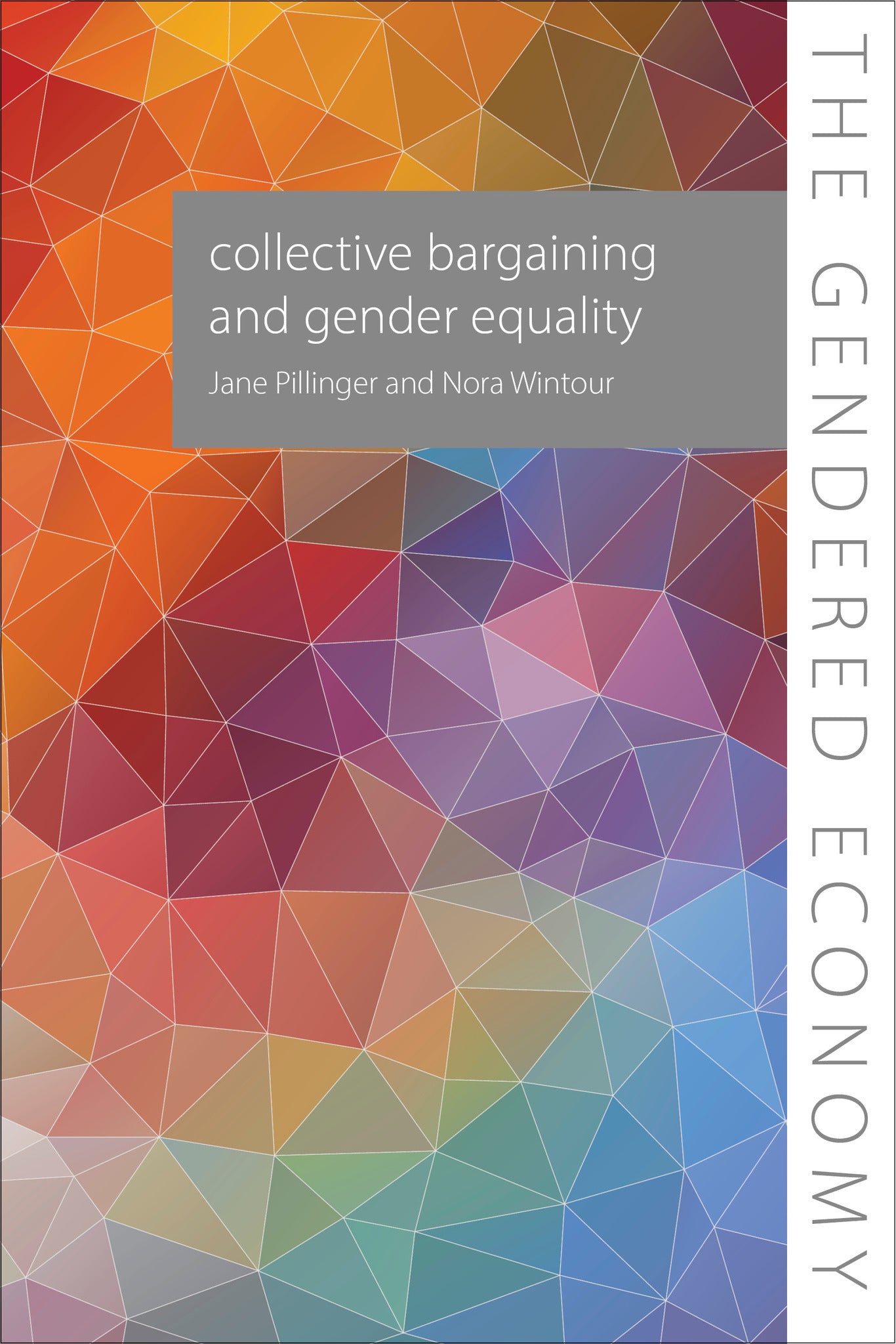We're sorry. An error has occurred
Please cancel or retry.
Collective Bargaining and Gender Equality

Some error occured while loading the Quick View. Please close the Quick View and try reloading the page.
Couldn't load pickup availability
- Format:
-
30 November 2018

Collective bargaining has been a major force in delivering social justice and decent work in the workplace. However, the role of collective bargaining in achieving gender equality in the workplace is relatively under-researched.
In this book, Jane Pillinger and Nora Wintour investigate the complex and expanding area of collective union action for women’s rights in the workplace. They explore how the feminization of unions in both developing and developed countries is changing bargaining agendas to address such issues as equal pay for work of equal value, work–life balance, maternity and parental leave rights, non-discrimination in access to employment, and the spill-over of domestic violence into the workplace.
The authors examine recent policy developments by the International Labour Organization, the United Nations, and the European Union, alongside many examples of national and industry-specific collective agreements to showcase how collective bargaining can be an effective tool for progressing equality in the workplace.

POLITICAL SCIENCE / Labor & Industrial Relations, Political economy

An excellent book ... should be an essential 'handbook' for all trade unionists from the shop floor to the General Secretary, and also for academics and policymakers dealing with gender and work.
Foreword by Series Editors1. Introduction2. The gender dimensions of collective bargaining3. Collective bargaining as a tool for gender equality: evidence from across the world4. Changing employment patterns, precarious and informal work, and the challenge for collective bargaining5. The global dimension of collective bargaining: the role of global framework agreements in promoting gender equality6. Conclusion



